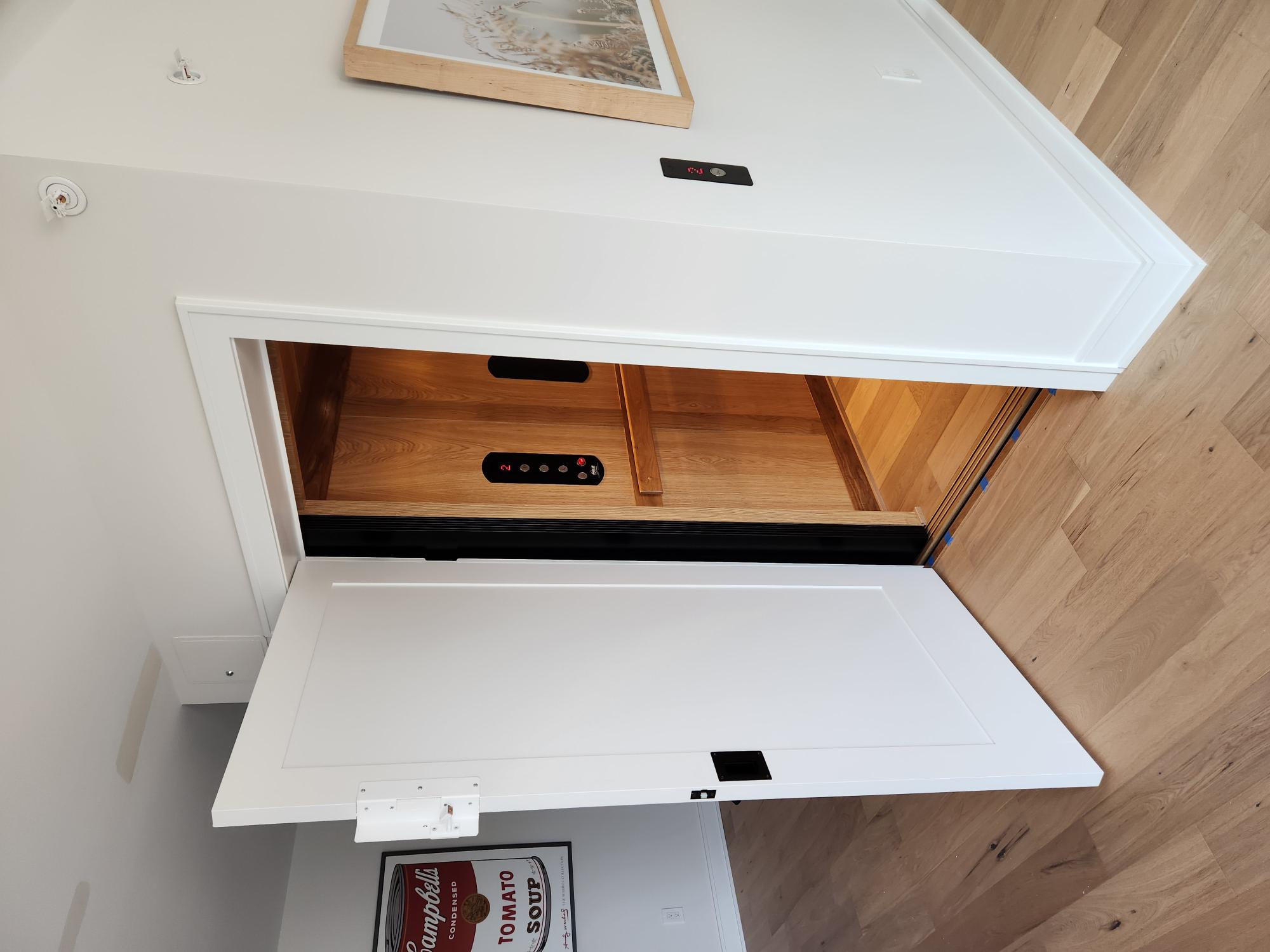Discover the very best Disabled Platform Lifts Prices UK for Residential and Commercial Usage
Discover the very best Disabled Platform Lifts Prices UK for Residential and Commercial Usage
Blog Article
Digging Into the Globe of Lifts: Common Concerns Encountered by Different Lift Mechanisms
As we browse with the vertical transportation systems of contemporary structures, elevators stand out as an indispensable part of our day-to-days live. However, behind their smooth operation lies a world of detailed systems that can sometimes run into difficulties. From hydraulic lifts to traction systems and machine-room-less styles, each lift type features its set of usual problems. Understanding these difficulties is essential for making certain the smooth functioning of these crucial systems. Allow's check out the intricacies that underlie the operation of lifts and the potential problems that can develop, dropping light on the detailed web of lift systems.
Hydraulic Lifts
Hydraulic elevators, usually preferred for low-rise buildings, make use of fluid stress to manage the movement of the lift car (lift repair companies). This device involves a hydraulic pump pressing oil right into a cylinder, causing the elevator to relocate the preferred instructions. While hydraulic elevators are understood for their smooth and peaceful operation, they do include their very own collection of usual issues
One common issue with hydraulic elevators is oil leakage. Additionally, issues with the control system, such as damaged shutoffs or a malfunctioning pump, can create disturbances in the lift's activity.
Routine maintenance and timely repair work are necessary to make sure the smooth functioning of hydraulic elevators. By addressing these typical issues proactively, building proprietors can reduce downtime and guarantee the safety and efficiency of their upright transport system.
Traction Lifts
When thinking about vertical transportation systems in structures, an additional typical type apart from hydraulic elevators is the grip lift. Traction lifts run using a system of ropes and counterweights that move the lift cars and truck by grasping onto the hoist ropes. This mechanism permits smoother and quicker vertical transport compared to hydraulic systems.
One of the usual problems faced by grip elevators is rope wear. The constant motion of the ropes within the traction system can bring about tear and wear with time, possibly causing the lift to malfunction or come to be risky for use. Routine evaluations and upkeep of the ropes are vital to ensure the lift's proper functioning and safety.
One more concern that traction lifts may run into is connected to the control system. Troubles with the control system can lead to problems such as erratic movement, hold-ups in feedback times, and even complete shutdowns. Normal testing and maintenance of the control system are vital to stop such concerns and ensure the elevator's integrity.
Machine-Room-Less (MRL) Elevators

Among the crucial components of MRL lifts is the portable gearless traction machine that is installed within the hoistway. This equipment effectively drives the elevator auto without the we maintain lifts demand for large equipment located in standard traction lifts. Furthermore, MRL lifts commonly utilize a counterweight system to stabilize the vehicle, more boosting their power effectiveness.
Regardless of their advantages, MRL lifts might face difficulties related to upkeep and repair service as a result of the confined area for equipment setup. Accessibility for servicing elements within the shaft can be restricted, requiring specialized training for technicians. Appropriate upkeep schedules and routine examinations disabled platform lifts prices uk are essential to make sure the ongoing smooth operation of MRL elevators.
Overloading and Weight Limitation Issues
Straining and weight restriction concerns are essential problems in lift procedures. Lift makers style raises with certain weight capabilities to make sure traveler security and equipment durability.
When elevators are overloaded, it puts excessive strain on the electric motor, wires, and various other parts, possibly triggering breakdowns or breakdowns. Safety and security devices such as sensing units and overload sensing units are in area to stop elevators from moving if they detect excess weight. Additionally, going beyond weight limits can cause increased power usage and wear and tear on the lift system.
To reduce straining problems, building supervisors ought to plainly show weight limits in lifts and educate owners on the value of adhering to these constraints - lift repair companies. Regular upkeep checks by qualified professionals can likewise help make sure that elevators are operating within secure weight specifications. By addressing overloading and weight limitation concerns proactively, building proprietors can enhance lift safety and security and effectiveness
Electric System Failures
Exceeding weight limits in lifts can not only lift repair near me lead to mechanical problems however likewise possibly contribute to electric system failures within the lift framework. Electrical system failings are a critical issue in lift operation, as they can cause unforeseen shutdowns, breakdowns, or also safety and security hazards.
Furthermore, power surges or variations in the electrical supply can also interfere with the lift's procedure, affecting its performance and safety and security. These electric disruptions can damage delicate lift elements such as control board, motherboard, or sensing units, causing system failings. Routine upkeep and evaluations are critical to determine and deal with potential electric concerns without delay, making sure the effective and secure operation of elevator systems. By sticking to weight limitations and conducting routine electrical system checks, building proprietors can minimize the danger of electrical failings in lifts.
Verdict

Hydraulic elevators, frequently preferred for low-rise buildings, use fluid stress to control the motion of the elevator car.When considering upright transport systems in structures, one more usual kind apart from hydraulic lifts is the grip elevator. Grip elevators run utilizing a system of ropes and weights that move the lift auto by clutching onto the hoist ropes. Unlike conventional lifts that need a different machine space to house the devices, MRL elevators incorporate most of the elements within the shaft, getting rid of the requirement for a devoted device room.In conclusion, elevators face common problems such as hydraulic breakdowns, grip system failings, and electrical system issues.
Report this page